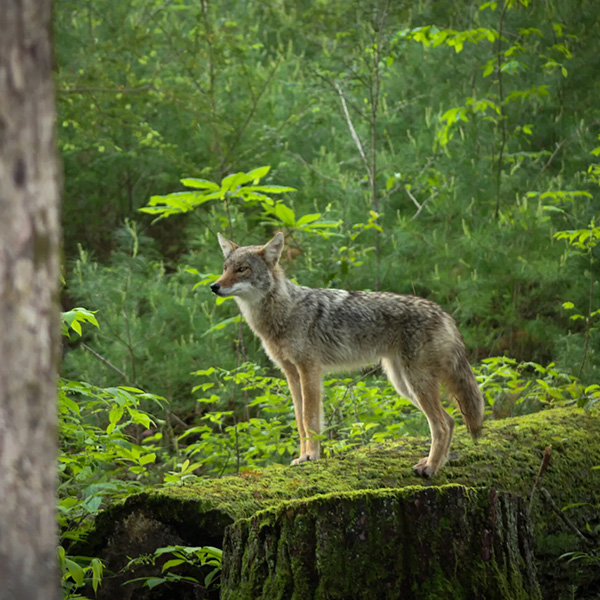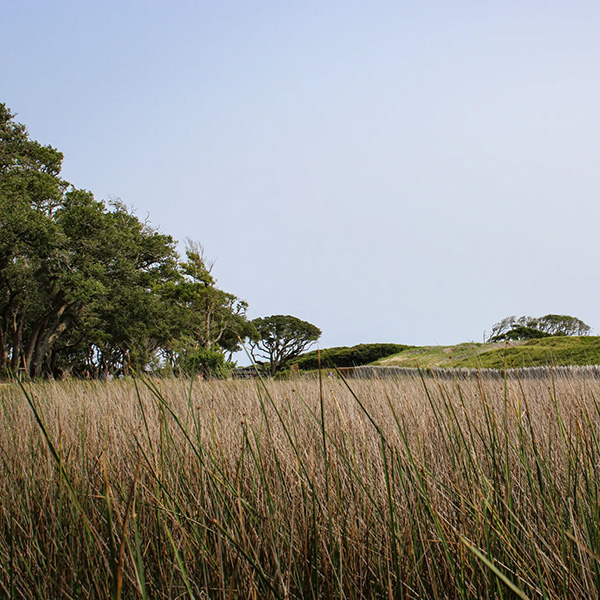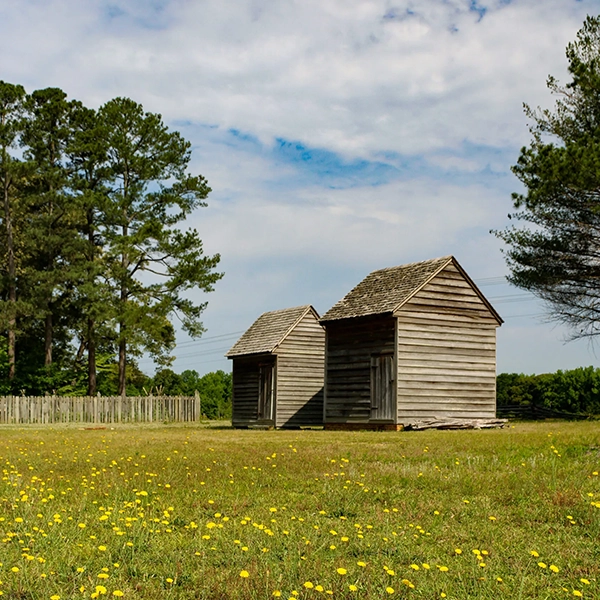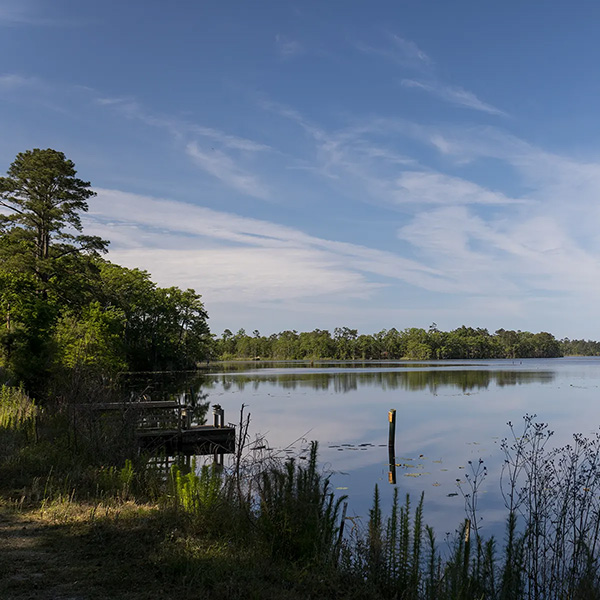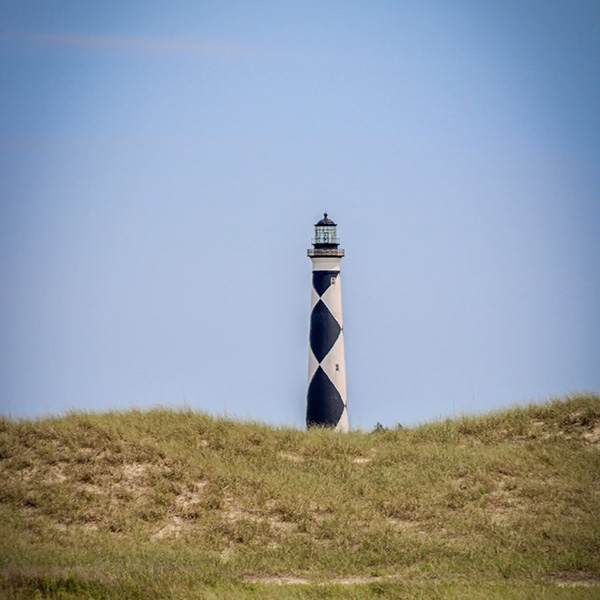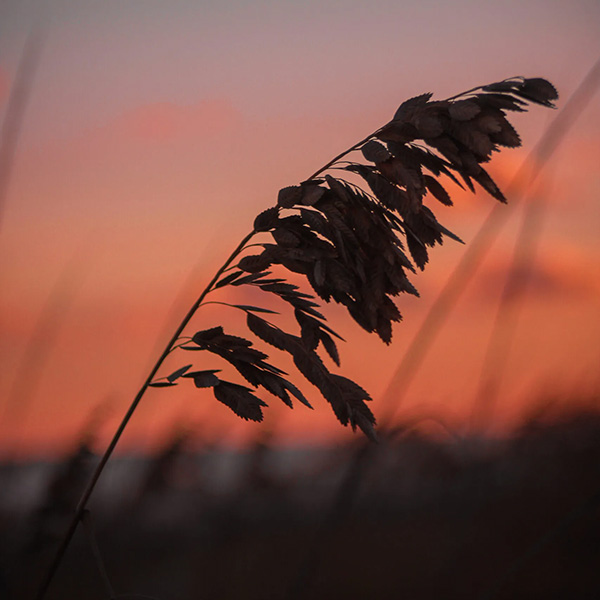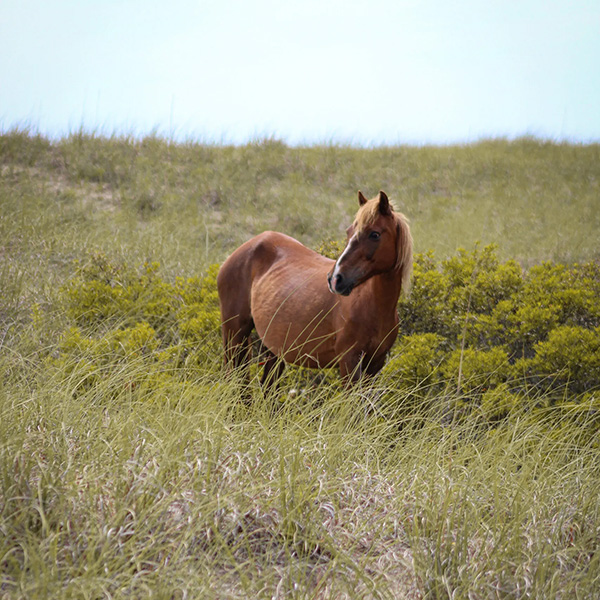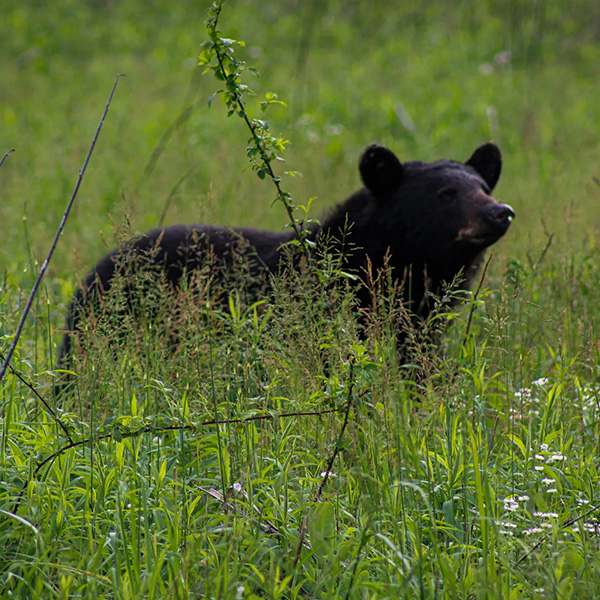
When I was growing up, there weren’t any elk in the Great Smoky Mountains National Park—a fact that still blows my girls’ minds. Back then, we’d pile in the car and head to Cataloochee or Cades Cove to watch deer, peek for bear, and maybe catch a wild turkey strutting through the fields.
Elk? Forget it. Most folks didn’t even know they’d ever roamed Appalachia.
So when the reintroduction program was announced, it was huge news. Mamaw was over the moon. She clipped the article from the paper and waved it at me the next time I came home. From then on, every visit back to Haywood County included a trip to see the elk.
The first arrivals revived the long-forgotten history of the giant deer that had vanished from the Smokies before the mid-1800s. Hunting and shrinking forests wiped out the eastern elk subspecies, and for nearly 200 years, their haunting bugle was only a memory.
That changed in 2001, when the National Park Service, the Rocky Mountain Elk Foundation, and the Eastern Band of Cherokee Indians set out to bring them back.
Cataloochee Valley, tucked deep in the park with its rolling meadows, became their new home. Twenty-five elk arrived from Kentucky that year, followed by twenty-seven more from Canada the next.

It wasn’t easy. Black bears preyed on calves, some elk wandered into crops, and a few got far too comfortable around people—one even licked salt off cars! But the herd adapted. Mothers protected their young, the program adjusted, and by 2008, the trial was a success. The elk were officially back.
Today, between 150 and 240 elk roam the Smokies, spreading from Cataloochee to Oconaluftee near Cherokee. Visitors line the fences at dawn and dusk, binoculars in hand, hoping for a peek.
Fall is magical—the bulls bugle, clash antlers, and put on a show that’ll make your spine tingle. Spring is sweet too, with calves wobbling through the meadows.
Volunteers help keep everyone safe and the elk wild, reminding folks to stay at least 150 feet away, never feed them, and resist the temptation to get too close for a photo. And it’s important that you really give them their space—I learned that the hard way.
On one trip to the Mountain Farm Museum, we came face to face with a large bull that wandered into the fencing. Terrified, Belle ran in the other direction—and the bull started after her. So I did what any mama would do: I ran after Belle, putting myself between her and the elk.
I heard him bearing down on me and hollered at Belle to get inside the orchard fence. I glanced over my shoulder just in time to see the bull leap over the fencing to my left. His hoof? Inches from my face.
By the time I reached Belle, her lips were blue. She was in shock, which is understandable—it was one of the most terrifying moments of my life. God was looking out for us that day.
Once I got some food in her belly, she calmed down, and by the end of the day, she was retelling the story to anyone who would listen. Today, it’s one of her most treasured memories.
They put up a sign afterward to let visitors know it was okay to hide inside the cabins and buildings in case the elk got too close. Belle had her photo taken with it every year until they took it down.

And though it scared the life out of me, I’m no more afraid of the elk today than I was before. They belong in WNC. Over the last quarter of a century, the herd has proved it. They’ve weathered hurricanes, hungry bears, and more than a few bold humans, yet they’re thriving—a true win for conservation.
Every time I’m home, I slow down on the winding mountain roads, fog lifting over a meadow, hoping for a flash of tawny fur or the echo of a bugle. And when the elk appear, I think of Mamaw—how her eyes lit up when she first showed me that newspaper clipping.
I don’t know if Mamaw ever got to see them herself, but I go every chance I get. And every time a bull bugles through the valley or a calf stumbles across the meadow, I feel her wonder. It’s like she’s seeing them through my eyes.
I reckon some dreams are so big, they outlive the dreamer.









